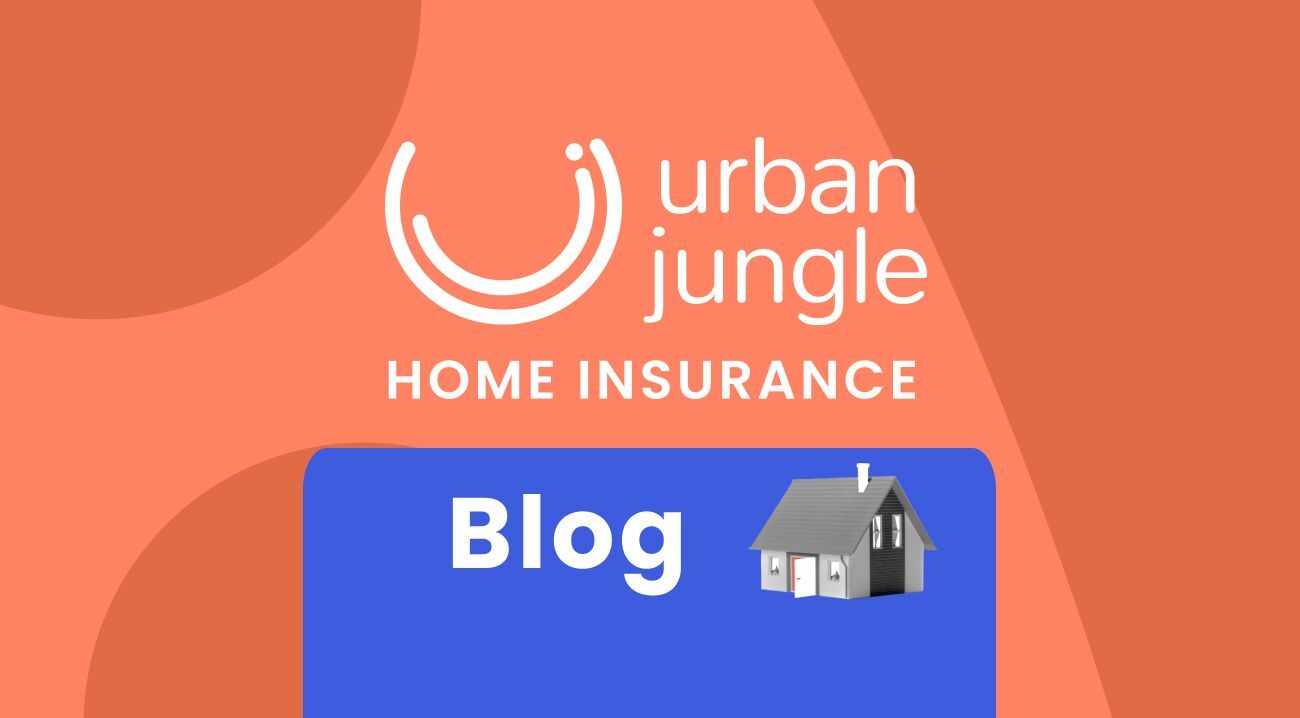What is non-standard construction?

What is non standard construction?
No matter the type of home you have, non-standard construction is something you need to be aware of when buying insurance. Read through our guide below to learn more.
Understanding non-standard construction
So what exactly does non-standard construction mean? Generally, when talking about non-standard construction on a house, it’s referring to the building materials used in the home. Most houses in the UK are built from brick, held together with mortar, and topped with roof tiles. This won't be the case everywhere but is pretty much the standard for British homes.
But how about a trendy new build complete with chic glass and metal materials? Or what about something a little more traditional, like a thatched roof or a timber frame? Well, these will probably be considered non-standard materials, and so the structure itself would be considered non-standard.
Types of non-standard construction houses
You might not necessarily be able to tell if a home is non-standard just by looking at it. While a thatched roof cottage with a Tudor-style black-and-white frontage is probably going to be non-standard, many homes have this classification for subtler reasons.
Here's a look at some of the non-standard construction types found in the UK.
1. Timber frame with brick cladding
Timber frame houses won't always be the black-and-white, old-style houses you see in period dramas. Often, they’ll simply feature an internal timber frame with brick cladding over the top. While the external cladding will look standard, the internal frame will probably be classed as non-standard.
2. Steel frame with brick cladding
Rather than a timber frame, some non-standard properties may include a steel frame within the structure of the house itself. This frame may feature a layer of brickwork cladding, giving it the appearance of a standard home, but this would still probably be considered non-standard construction.
3. Steel frame with concrete cladding
The steel frame may feature a layer of concrete. More cost-effective than brick materials, concrete became popular in the post-war era, when inexpensive new houses were needed across the country.
4. Prefab constructions
Prefab simply means prefabricated — i.e., building components are already constructed off-site and are transported to the project location, ready to be quickly put together. These types of homes typically feature concrete, timber, steel and aluminium materials — although asbestos may be found in some, which is now an illegal material in the UK.
5. Cob materials
At the opposite end of the spectrum to prefab is cob construction. This is an older method of building and is sometimes found in southern areas of the UK, particularly in Devon and the southwest. Cob materials involve a mixture of water, subsoil, straw, lime and other ingredients and have been used for centuries. While it's not so common these days, it’s still classed as non-standard.
Urban Jungle home insurance isn't designed to cover non-standard construction homes.
Why is a non-standard construction house such a big deal?
Why does it matter if you have a non-standard construction house? For insurance providers, non-standard construction houses can be considered more risky, and here's why:
1. Lack of maintenance expertise
Depending on the type of material used in construction, non-standard homes can be difficult to maintain. This is fine if you know how to take care of the property yourself or if you know of a specialist service provider who can do it for you, but your insurance provider might be concerned about the potential expense.
2. Damp problems
Some non-standard construction materials might be more prone to damp than others. It can lead to damage, so if insurance provider thinks your property might have a damp risk, they may charge more for cover.
3. Structural concerns
Non-standard properties, might not be quite so sturdy and reliable as their more common counterparts — and insurance provider may factor this into a quote.
4. Fire hazards
Materials such as timber and thatch are more susceptible to fire damage than standard construction properties.
5. Shorter usage periods
In general, your insurance provider may consider a non-standard construction to be less hardwearing than a standard construction property. So, they may think its usable lifespan is going to be shorter too. This is something else that may be considered in a quote.
6. The presence of asbestos
Many home build in the 20th century many contain asbestos, and this includes non-standard homes.
A few final tips...
- Non-standard construction might not be immediately obvious — it can refer to hidden structural elements in the home.
- Non-standard homes may be more expensive to insure.
Urban Jungle is not a financial advisor and information in this article should not be taken as advice or recommendation.





